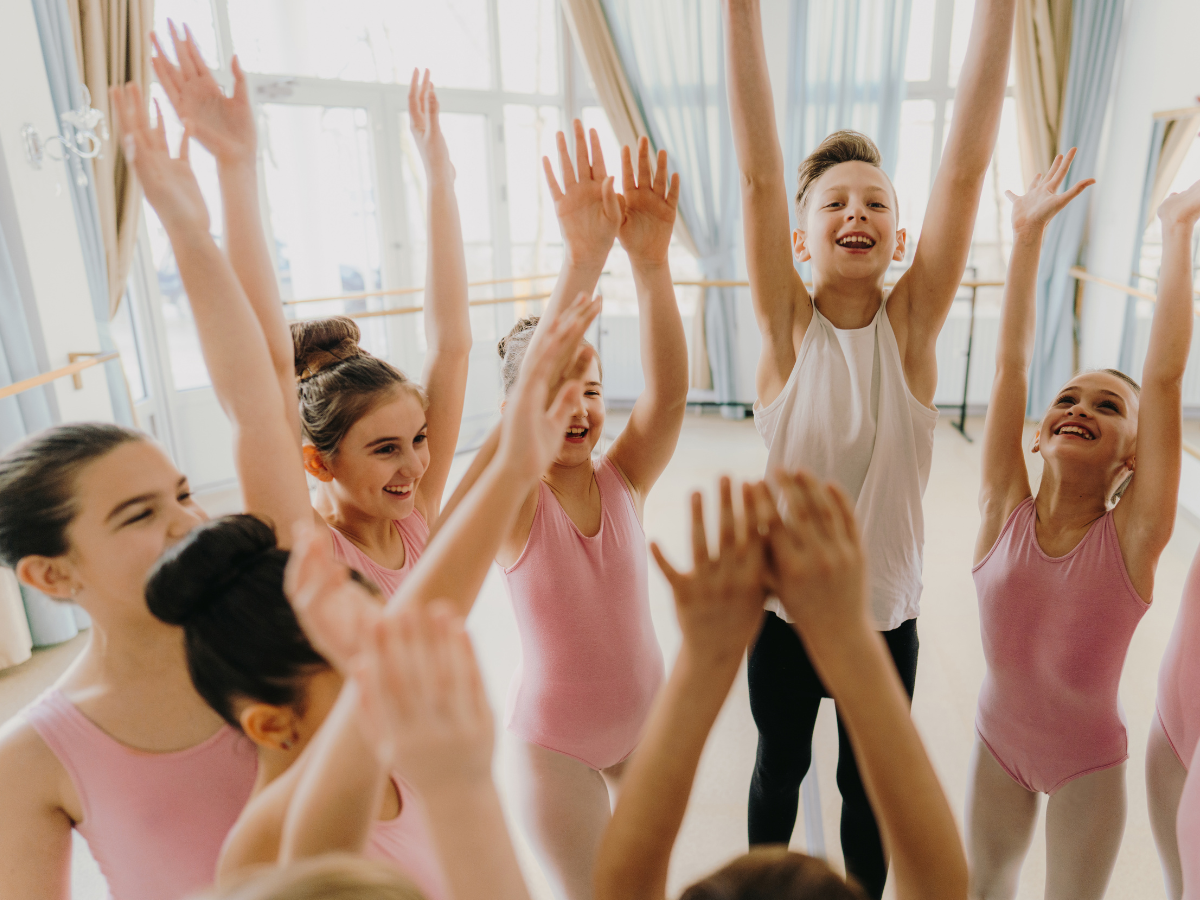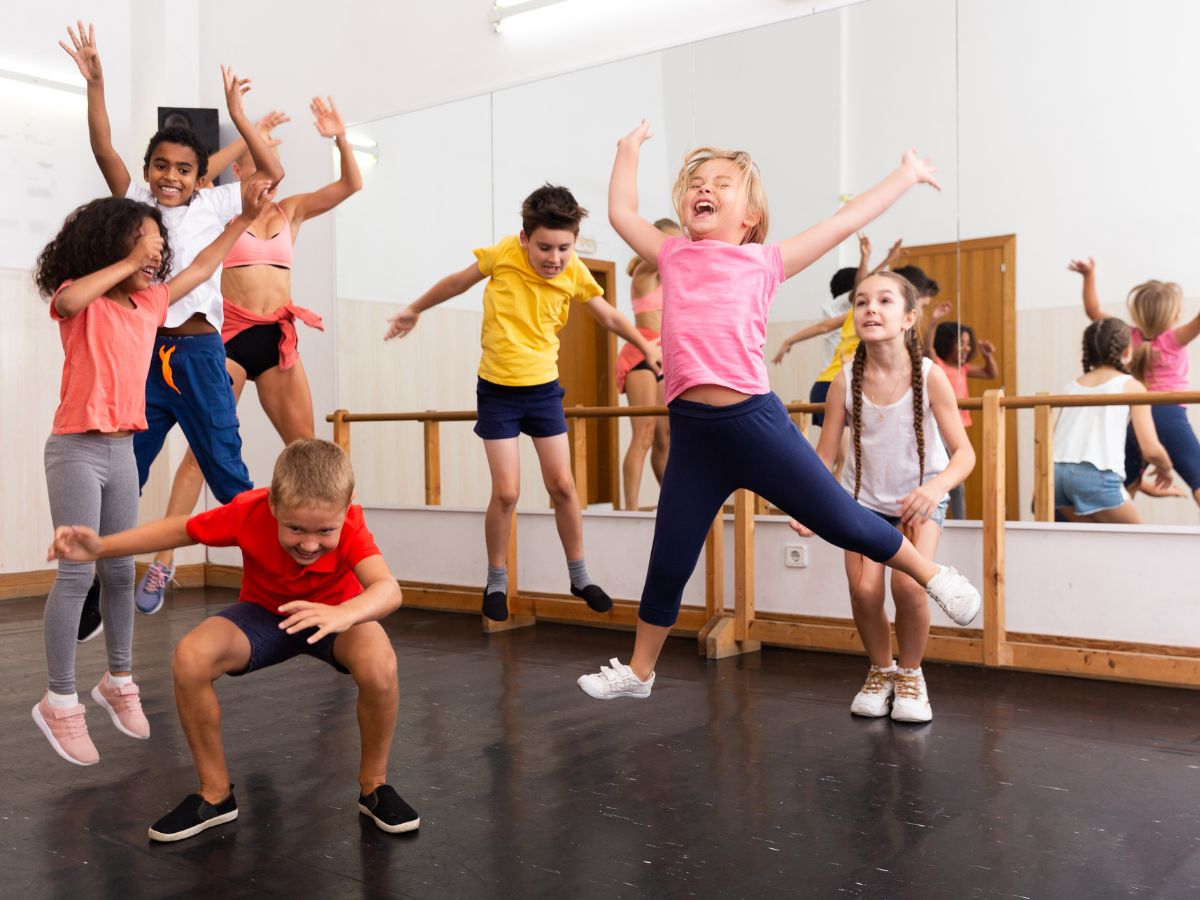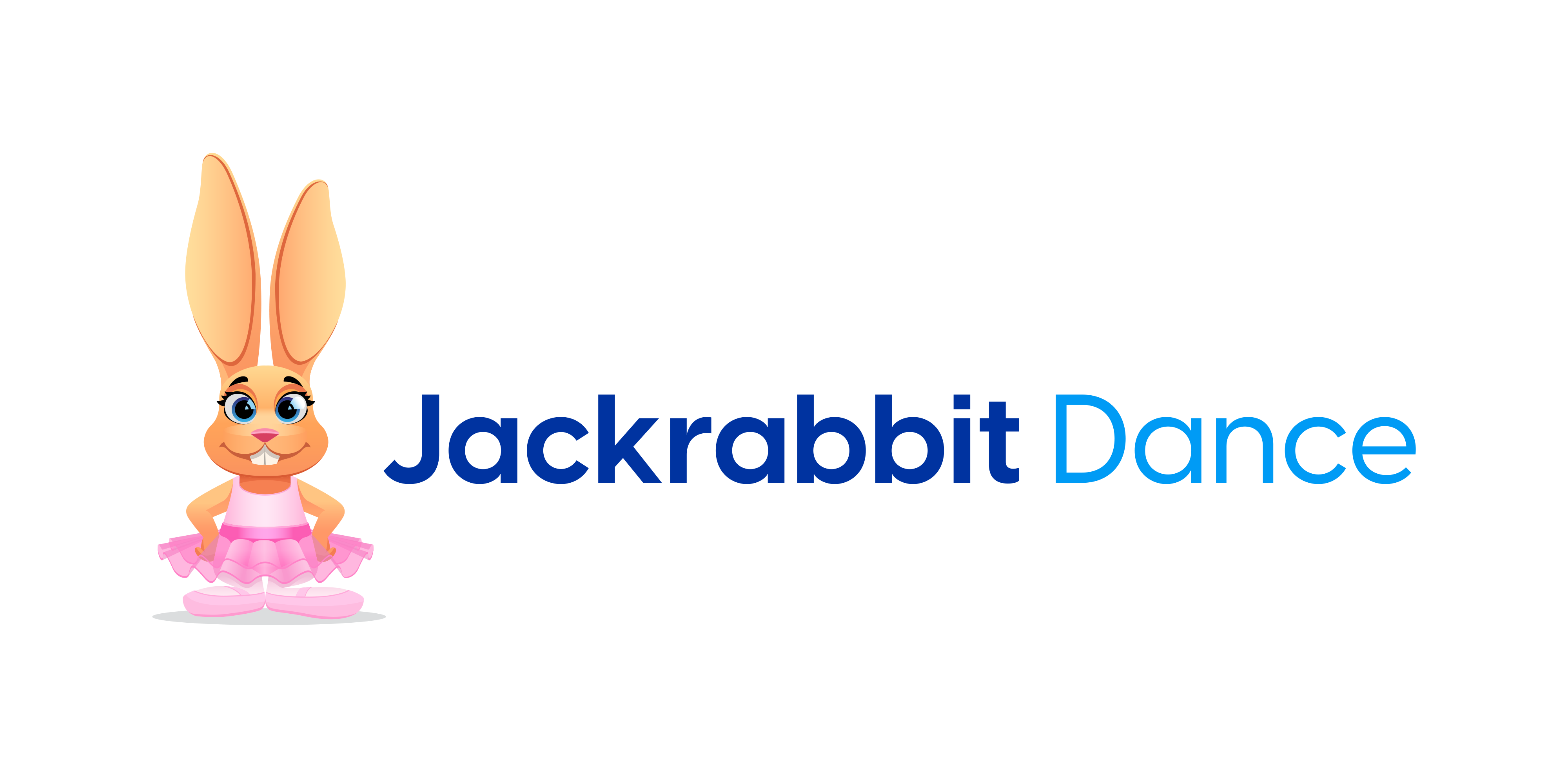Dance floors are pricey. Let’s face it. But what if there was a way to spend a fraction of the typical rate?
Chad and Amber Martin, owners of The Dance Avenue, have shared how they spent only $1,500 on their floor. After getting quotes anywhere from $14,000 to $26,000, they saved quite a big chunk of change. Chad shares how they managed to cut their costs without losing the quality of floor:
Instead of spending the money on pre-cut foam discs we bought EVA foam from Sears of all places. Ordered online, a 2″ diameter x 36″ length piece of foam was $1.06. EVA foam is the same stuff they use when you have muscle soreness and they tell you to “roll” your muscles out. It has no memory which helps it keep its shape over extended periods of time and use. We just cut our own discs out of the long tubes of foam. The discs were cut to 1/2″ “hockey pucks”. We used a hacksaw at first but found it much easier to use either a band saw or reciprocating saw with a fine tooth blade.
Next we purchased enough 1/2 ply wood to cover the entire square footage twice. We glued the foam discs to half (the first layer) of ply wood with an adhesive specifically formulated for foam, one piece every sq ft. It works out to be 36 discs on a piece of 4′ x 8′ ply wood. It’s a lot of glueing and a whole lot of discs, but $26,000 is a lot of money…
From there we laid that layer of ply wood directly on the concrete, foam side down, being sure to leave a half inch boarder around the entire room to allow air to move beneath the floor. Keep your patter consistent. For example, lay the entire first layer with all the plywood pieces going the same direction.
The next layer of ply wood is laid the opposite direction. It’s very important you pay close attention to the first piece you lay. We suggest laying a few pieces out without screwing them down to make sure the seems never are over the top of each other. Also, it’s important that you put something between the two layers of ply wood. We used rosin paper. It’s easily found in the paint section of any home store. You can buy big rolls for pretty cheap. This layer of paper or whatever, helps keep the floor from squeaking over time.
Once you’ve laid the paper and second layer of ply wood being sure your seams are never meeting, start screwing. We’re warning you now, it’s a lot of screws, but we remind you again, $26,000 is a lot of money. Be sure to remind your back of that. We buried screws every square foot to assure a solid seal between the two layers. Be aware you are only screwing into two 1/2″ pieces of plywood. Make sure you use 1″ wood screws. Even a 1 1/4″ screw will poke through and pop up over time. Be sure you sink your screws or you’ll have screw heads popping up everywhere also. After screwing you can fill the buried screws with a hole filling compound if you’d like. We skipped this step and haven’t had any issues.
From there it’s up to you. We have a performance marley laying right on top of that second layer of plywood and it works great. You could lay a third layer of finished wood if you’d like, but we found it to be unnecessary. Our marley doesn’t cover the entire floor, so we painted the “boarder” around the marley black. It offers a nice clean finish to the room.
We will say it does alter the sounds of tap slightly but not enough to make the dancer’s unaware of the differences in sounds while training.
The floor described above does what the $26,000 floor does, which is protects the knees and backs of our dancers. It can feel like an overwhelming task when you’re starring at that vast wasteland of concrete but take baby steps and give it the proper amount of thought and planning and you’ll end up with exactly what you’re looking for.
Have you made your own dance floor? What’d you do?






